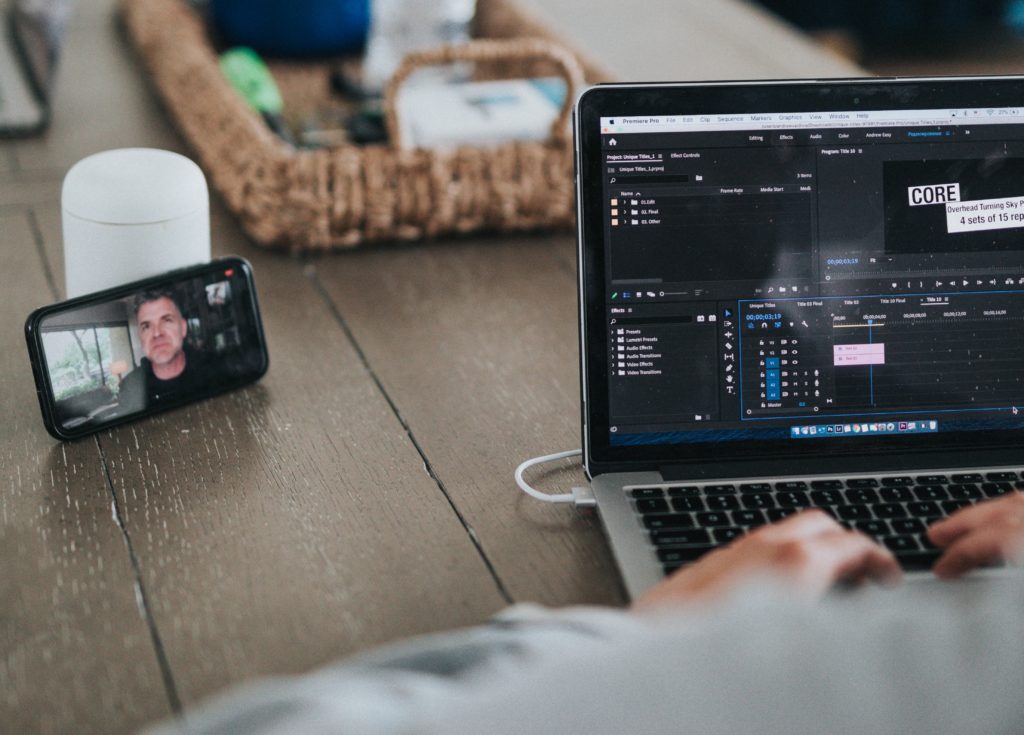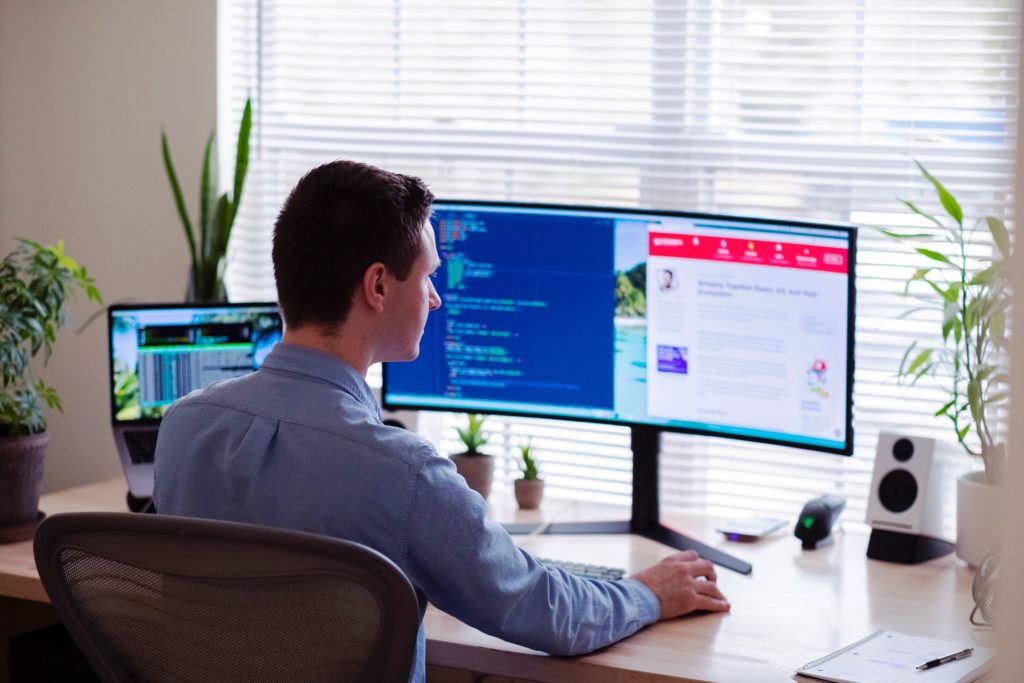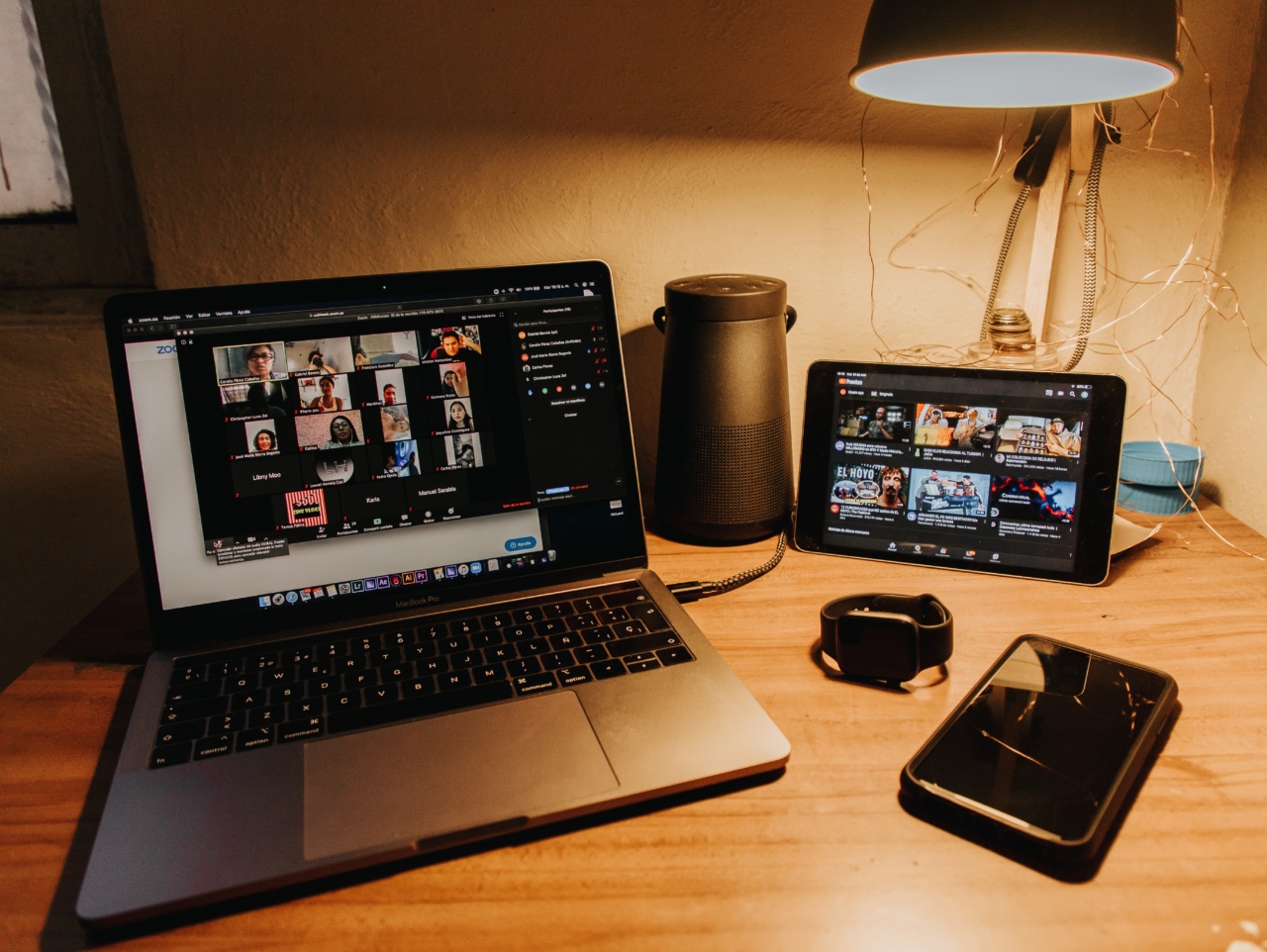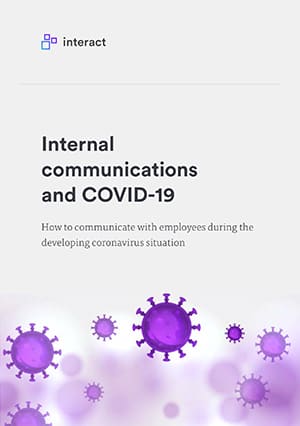When it comes to sharing big-picture information and keeping your company aligned, holding a remote town hall meeting is critical, especially when you can’t get together in person. But presenting one that updates and inspires your entire workforce is not entirely straightforward, especially in the current crisis. How do you engage and inform your entire workforce remotely – at a time when they need it most?
With your employees now working from home, your organization may have already had to hold a town hall meeting. It may have been for the CEO to share company plans regarding COVID-19 with employees. Or perhaps it may have been organized to raise morale with the sharing of good news or the exchange of working from home tips.
What is a town hall meeting?
A town hall meeting is also known as an “all-hands meeting” and is a way for management to update their team on any important information. It’s also an opportunity for employees to ask questions in order for everyone to understand the goals and values of the organization.
Either way, this extraordinary time has called for more virtual gatherings and senior leader visibility than ever before. And for as long as this continues, it’s important to keep holding them. They boost morale, they encourage collaboration, and they allow everyone to reconnect with colleagues. For those living alone, or struggling through the current period, they help to not only inform but also to support.
Communicating with staff during COVID-19
Holding a company-wide meeting involves some practice. When you have countless faces blinking back at you, it may feel unnerving. In order to host a successful online town hall meeting, you need to prepare. And if executed correctly, they hold immense value to your organization.
The risk is, if they’re not done right, you’ll have fewer and fewer people engaging and taking them seriously. When you need to reach all your workforce through these meetings, you must keep people’s attention. You can only do this by providing what they want and need to hear. If your town hall meetings are providing people with the things that are important to know, then they’ll stay tuned in.
Why are all-hands important?

When you need to brief your people on significant news, the town hall meeting is critical. This is the senior leader’s opportunity to address issues, make an announcement, or keep staff up to date with a developing situation. Depending on the size of the company, these meetings can come in many guises. Interact, for example, used to hold their town halls in the form of a weekly ‘Friday chat’, an occasion where people would gather over lunch, and a senior leader would take the stage and talk about the latest news.
As we’ve grown as an organization, these meetings have had to change to facilitate the expansion. With offices in the UK and US, Interact now hold town halls throughout the year and stream them to those who can’t be there in person. Questions can be asked in person, or through the streaming platform, or even later when it’s hosted on the intranet. The two-way communication, and the sharing of company information, democratizes the event and provides transparency which helps inform, inspire, and empower people.
The rise of the remote town hall gathering

These organization-wide meetings are commonplace across all businesses. However, the bigger the organization, the more reliant they are on the use of technology to connect all their people. As a result, holding town halls remotely aren’t new, but they have seen a steep rise in usage during COVID-19. With an at-home workforce, internal comms and company updates have ramped up to meet the demands for information from employees.
For many companies, online town hall meetings need to be honed, and many have had to adapt to this form of communication rapidly. Learning from the lessons of large scale organizations, your virtual town hall can benefit from some simple tips.
1. Make sure you get the tech right

What software you use to broadcast your remote town hall is entirely a personal choice. There is a massive range on offer, so choose something that suits your organization, and more importantly, works. Making sure you know your way around the digital tools you’re using is critical in pulling off a seamless looking online gathering. Bear in mind that you may need to use slides and share these and your screen with your attendees.
2. Keep to 60 minutes or under
People can only focus on a limited period of time, especially when looking at a monitor. A lot can be said in sixty minutes, so make sure your meeting is within those parameters. If you’ve timed your presentation and it’s gone over the recommended duration, it may suggest that what you’re saying isn’t succinct enough. Remember, if it’s a complicated or sensitive issue, you can roll out more details and discussion on your company intranet. You don’t need to use your town hall to dissect every detail, particularly if it’s a complex matter.
3. Have a host

An all-hands needs a host – whether it’s yourself or someone you’re assisting. Either way, it’s an essential element of a successful online meeting that you have a person to anchor the presentation. This person is in charge of the schedule, any guests, the topics covered, and the timings. They’re the ones in charge, and who keep on-topic if everyone else is veering off-topic.
4. Try and lock down some additional presenters

Getting other people on board to assist can help your presentation. Not only does it shift some of the responsibility off your shoulders, but the variation and different perspectives of additional people keep things interesting and engages your audience more. Switching speakers helps you to provide different forms of communication, too – quizzes, Q&As, and case studies, for example.
Communicating with staff during COVID-19
5. Draw up a schedule… and keep to it

An itinerary is hugely important for any presentation. When you have your organization tuning in to hear you, it’s vital to be in control. With questions, tangents, and diversions bound to follow, company-wide meetings can quickly go off-script. But your audience needs guidance, and whether you’re sailing the ship alone, or you have co-presenters helping you, it’s vital that an agenda is stuck to.
6. Give your attendees plenty of notice

Make sure you allow plenty of time from sending your invitations to the actual town hall meeting. People will want to attend and may need notice to clear the date. Posting regular reminders is also recommended. Your invitation should include the link to the meeting and instructions on how to join, as well as any additional links to slide shares and other resources you may be using. It should be as comprehensive as possible, in order to avoid your attendees experiencing any last-minute hitches.
7. Put on a professional front

We’re all working from home in a variety of demanding conditions. Some of us *may* be in the same clothes we’ve been wearing for three days, and others haven’t brushed our hair for quite some time. Despite this, it’s essential for those hosting and featuring in the all hands to look presentable. Appearing as you would in the office gives a business-as-usual impression and reassures your workers. To go one step further, deploy a virtual background on your video call. This can be a company-branded graphic or just a simple backdrop and helps to put the focus on you.
8. Hone your sound

Of course, remote town hall meetings aren’t a temporary thing. They have been practiced widely before, and they will continue long after the current social restrictions are lifted. With this in mind, it is well worth looking at the aesthetics of your broadcasts, which are sound and vision. Investing in a good quality cam, better lighting, and noise-reducing microphone will allow you to produce a more polished presentation, which is easier to view and more pleasant to listen to.
9. Read the room

Your audience will be working from home. Anyone working remotely because of COVID-19 will be more than likely feeling affected by the situation, dealing with dependents, work, and the impacts of the crisis. Therefore, it’s good to start on a cheery note, welcoming everyone on the meeting, and setting a positive tone to lift the mood. You want your audience, not just to be present; you also need them to connect.
10. Back up those points

Many employees will benefit from a write up of these town hall meetings. Those meetings which are significant, for example, where you informed your workers that they all need to work from home. A write up should follow these gatherings, perhaps a blog post for the intranet or a newsletter emailed to every employee. This then allows people to have something to refer back to, and also enables them to ask questions in the comments, if they weren’t able to at the time of the meeting. Important news brought up in your town hall needs repeating and discussing.
Part of the puzzle

With your staff working remotely, communicating with them is so important. Feelings of disconnection and isolation all too easily creep up when employees are forced to work from home. And when it comes to your remote internal comms strategy, town hall meetings are only one part of the puzzle. Videos, blogs, vlogs, and departmental updates should all feature on the company intranet to unite colleagues and share the news. Creating these moments, when there’s no coffee machine or break-out area to congregate in and around, is a necessary and very much needed way of maintaining your company culture.



